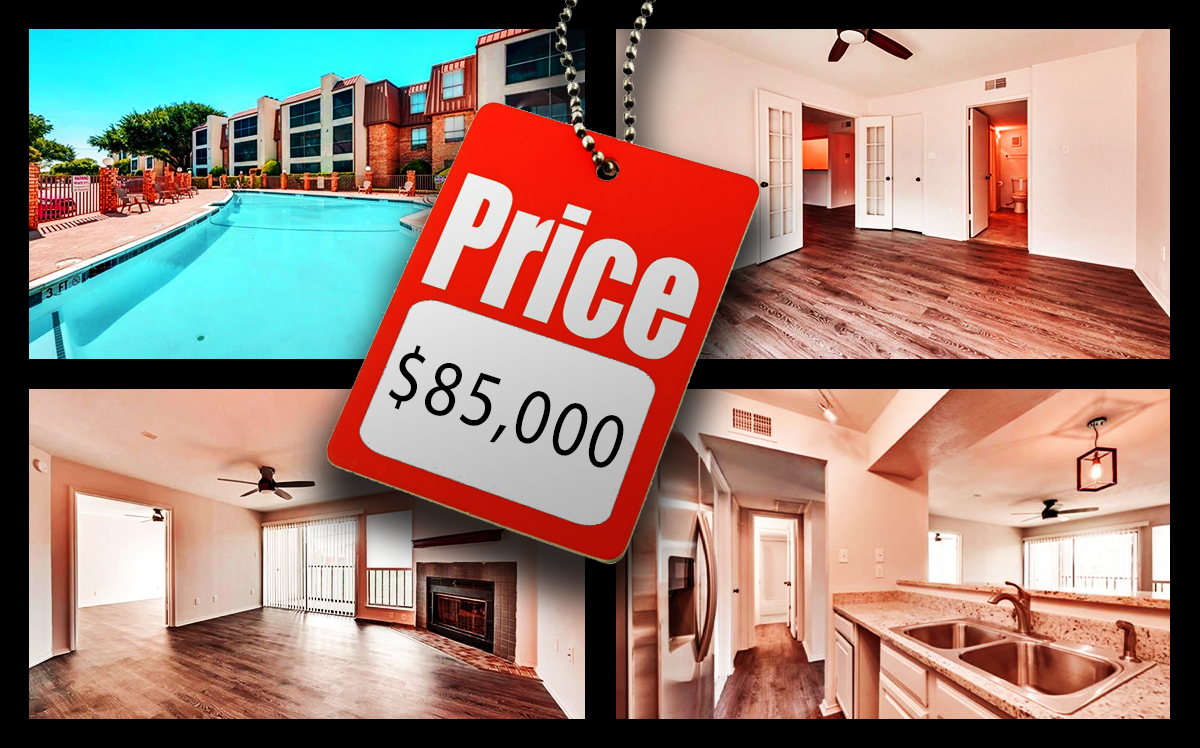You’ve heard the adage, “If it bleeds, it leads.” That is, journalists cover plane crashes, not landings.
True to form, just about every media outlet has done a breathless piece about pandemic-era house hunting, what with scarce listings, bidding wars and investors making life miserable for ordinary folks who just need a place to live. We at The Real Deal certainly have.
So I was shocked when a friend began sending me condo listings he was eyeing in and around Dallas and San Antonio. Lots of nice one- and two-bedrooms in gated communities with low monthly fees, a shared pool, covered parking and private balconies were asking $100,000 to $135,000.
Some were even cheaper. At the Cambridge Park Condominiums in Dallas, a 793-square-foot one-bedroom, newly remodeled with stainless steel appliances, was priced at $85,000. Mortgage payments, insurance, property taxes and homeowners’ association fees combined were just $782 per month.
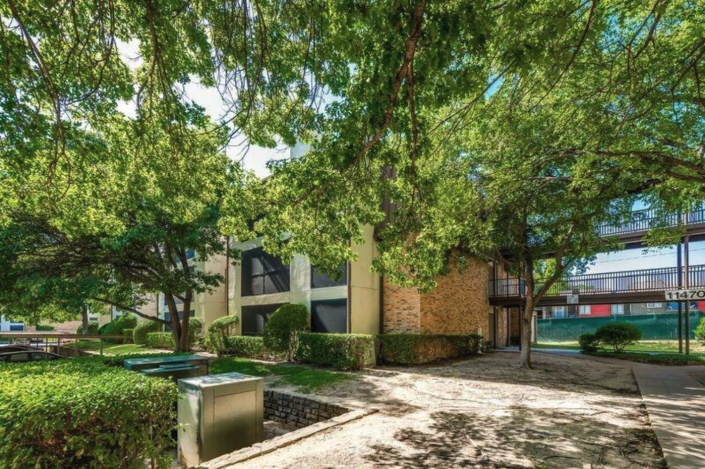
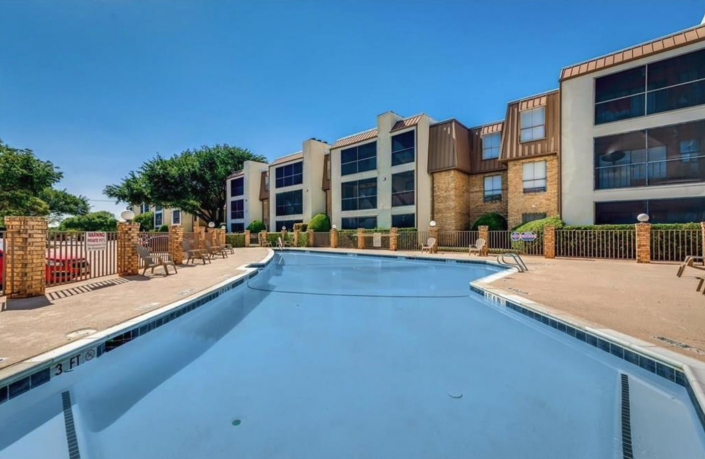
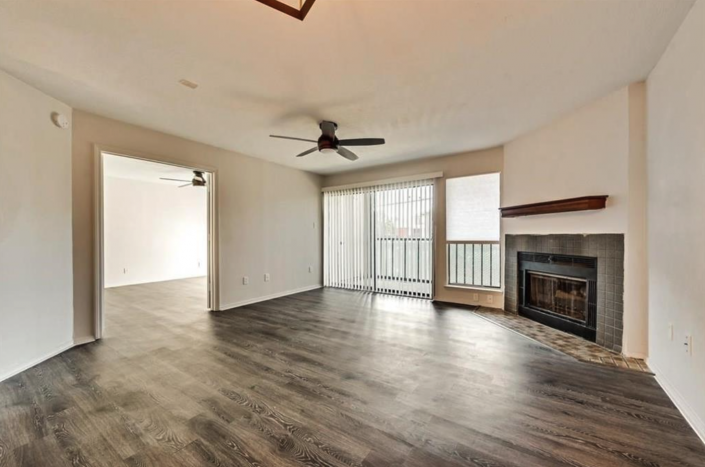
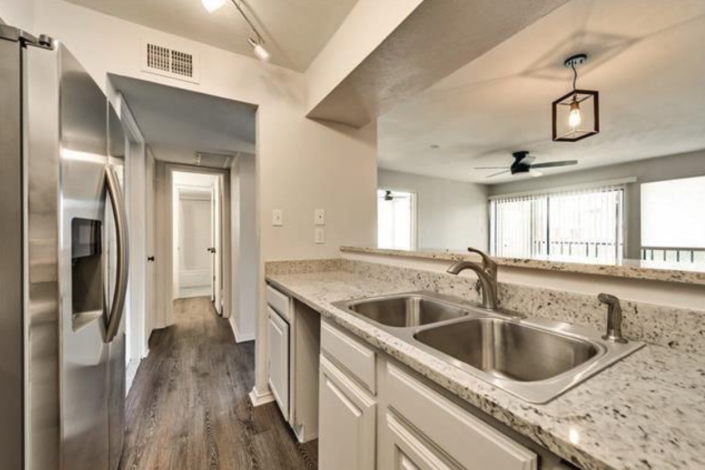
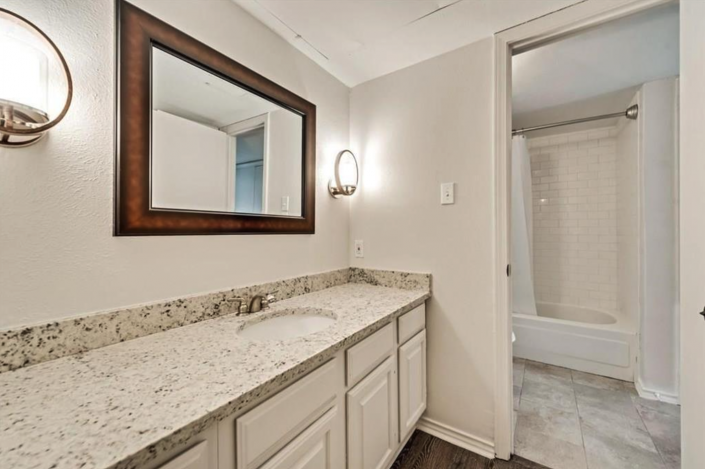
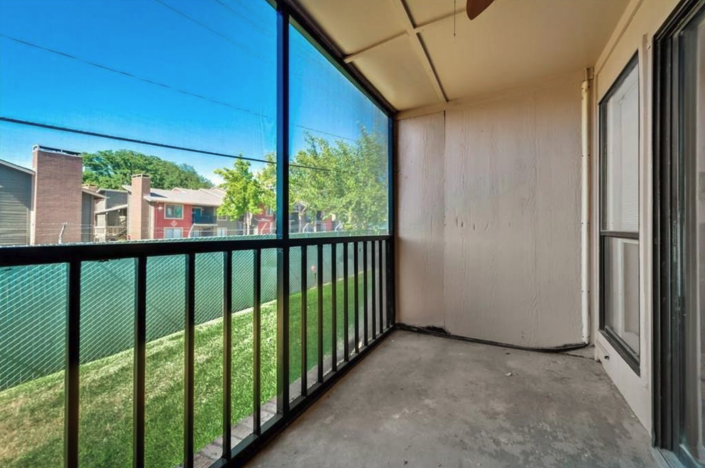
(Source: Apartments.com)
I have no need for a condo in Texas, but the deal was so good, I nearly made an offer.
There is no blood in this story. It is about a landing, not a crash. If we’re reporting on frenzied bidding in Austin and homelessness in L.A., shouldn’t we cover markets where home ownership is still cheap?
I don’t dismiss the affordability problem. It is a major issue for the real estate industry and the nation. We read constantly about rent burdens, housing insecurity and evictions. Yet now, courtesy of my friend in Texas, I’m being peppered daily with listings of low-priced, quality homes in major metropolitan areas.
I called Alex Schwartz, a professor of urban policy at the New School, to help me make sense of it.
“It’s certainly true,” he said, “that in not all housing markets, you have to pay half a million dollars or more.”
But how could condo apartments in Dallas cost one-third as much as condos for your car in New York City?
To start, Schwartz noted the difference in construction and land costs. “Prices in Texas have always been lower than in other regions, partly because of lack of regulation,” he said. “These are very sprawling places.”
Perhaps the listings I saw were for homes far from the city center, reducing their value, he offered.
I checked the $85,000 unit. It’s 12 miles from the Downtown Dallas Historic District, which is 22 to 45 minutes by car (or 48 by bus) during the Monday rush hour, according to Google. Not terrible. And my friend can work from home, at least for now, so the commute doesn’t matter.
Read more


Sprawl is cheaper than dense areas for many reasons, a lack of neighborhood amenities being one. You won’t find cute restaurants near Cambridge Park Condos — or a park, for that matter. Zillow rates it “somewhat walkable,” but there’s not much to walk to: Little Caesars, a billiards hall, a Pakistani cafe in a strip mall. But those are my friend’s kind of places. He’s not a French bistro kind of guy.
Local schools also affect home prices. Was that the problem? I checked out Audelia Creek Elementary. There are 15 teachers per student (average salary: $56,627), but only about 30 percent of its 660 students are “proficient” on standardized tests. It’s 56 percent Black, 37 percent Hispanic, 3 percent Asian and 2 percent white. Audelia Creek is not a school that real estate agents will feature in their marketing.
Low test scores do not mean a school is bad. Invariably, they mean the kids are poor. That is certainly true at Audelia Creek, where 86 percent are eligible for free or reduced-price lunch. But people judge schools by test scores, and low scores depress local home values. It might be more accurate to say that the low home values depress test scores, because they attract low-income families. The $85,000 condo was formerly rented for $900 a month.
Census data show the neighborhood is more racially balanced than its elementary school. Unfortunately, as is often the case in neighborhoods of color, the white families avoid the local public schools. But in my friend’s case, it’s irrelevant. He has no kids.
What else makes the Cambridge Park Condos so inexpensive? One of its nine buildings burned a few years ago and was razed. Its two tennis courts need resurfacing and one net is missing. But the pool looks nice, a property manager maintains the grounds and Google reviews say it’s quiet and diverse, and residents look after each other.
However, a good number of units at this condo development and others nearby seem to be rented out. My friend said he didn’t want to live among renters because “they don’t have a stake in the property.” I reminded him that he’s a renter, paying $1,200 a month in Austin. He countered that two neighboring tenants are meth addicts.
My friend, 55, struggled to find housing as a young man in Brooklyn with no college degree. He rented a tiny, illegal basement apartment on East 28th Street, but wrecked his finances by betting on horse racing and calling 900 numbers. He rented a room at the YMCA in Park Slope. He lived for a while in his Chevy Nova, which eventually caught fire and smoldered for weeks.
Then he moved to Texas. As in Brooklyn, he bounced from job to job and had occasional brushes with law enforcement, but never wanted for decent housing. He lived in West Texas, where homes cost about as much as cars, then got married and bought a three-bedroom house between Austin and San Antonio, where he fed deer in his yard. His higher-earning wife handled the mortgage process, but this was the mid 2000s, when anyone with a pulse could get a home loan.
After 12 years, he got divorced, sold the house for $125,000 and walked away with $10,000. It didn’t last. His Austin rent consumed half of his paycheck and careless spending ate the rest. Soon he longed for homeownership. “I’m throwing my money away on rent,” he’d tell me. “I’m making my landlord rich.”
Many of the 38 percent of Americans who rent have had the same thought. But one huge obstacle traps them in tenancy, as the professor pointed out. “There is a lot of housing that is relatively affordable,” Schwartz said, “if you have the down payment.”
Most Americans have less than three months’ worth of living expenses saved. A quarter have no savings at all. Among low earners, who tend to be renters, the numbers are even worse.
Low wages are a big part of the problem, but so is financial illiteracy. A housekeeper I know was paying 19 percent interest on a four-figure credit card debt because she didn’t want to touch her savings account earning 0 percent. My cousin invested an inheritance in silver. His sister shopped her way into personal bankruptcy. Credit card commercials glamorize consumers charging up a storm, as if no bill will ever come.
My Texas friend raided his retirement fund three times to buy gifts and furniture and invest in baseball cards, and assumed the IRS would not tax the withdrawals. He thought about buying coins advertised on late-night TV. He checked his credit score daily but lived paycheck to paycheck, unaware that mortgage lenders want a 20 percent down payment.
Between low-wage jobs, lack of financial education and a lending industry adept at separating average folks from their money, even folks who manage to buy a home can lose it. About 1 in 20 mortgages is delinquent.
After five decades of bad luck and bad decisions, my friend still has a shot at homeownership. For all the talk about housing being unaffordable, in many places it is accessible and even cheap, without price controls and profit limits. A median-priced home in Pittsburgh costs $175,000 — affordable to a household earning $38,000. It’s a similar story in Oklahoma City, Cleveland, Louisville and Memphis. North Texas can’t be far behind.
The real estate industry is just as profit-hungry in these markets as in high-priced New York and San Francisco, where policy makers have clung to rent control for decades. Solving problems that matter — exclusionary zoning, income inequality, red tape, financial ignorance — will make housing affordable in even more places. We can’t all move to Dallas.
